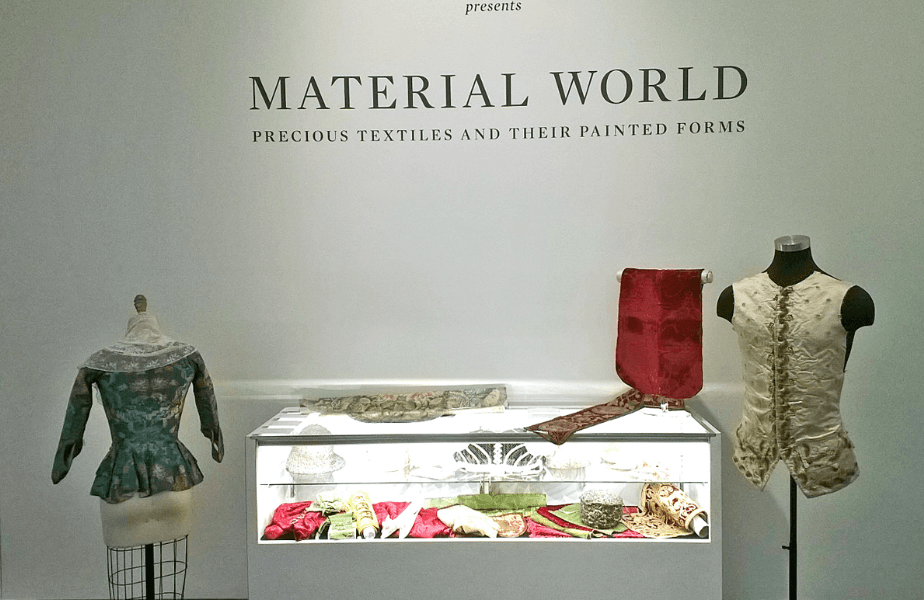Are you fascinated (sure some are horrified) that the new administration has hit the ground running — churning out more news (real and faux) these days than any of us can grasp? Are you glued to TV and online political punditry, powerless to stop watching/reading/listening? I probably didn’t need to know that the Daily Show’s Trevor Noah calls out Kellyanne Conway doing hair flips when she’s about to launch into #AlternativeFacts. Incidentally my son sent me this article: which explains it all — KAC used to do a stand-up routine — ergo her “Trump Revolutionary Wear” at the Inauguration (which my son and husband also gave the thumbs up to).
In addition I wish I hadn’t heard that Press Secretary Sean Spicer swallows 35 sticks of Orbit cinnamon gum every day before noon. (BTW, his doctor doesn’t advise it but says it’s not harmful). Dealing with the unrepentant media is rough — forget the gum — he should try eating a live frog first thing in the morning so that nothing worse will happen for the rest of the day!
 |
| Close up of Textiles Click image for full size view |
First 100 Days: can we #MakeFashionGreatAgain? For now let’s look to the past for our fashion inspo — something I got onboard with at Sotheby’s — now celebrating Masters Week including the pre-sale exhibition gallery of “What They Wore: Old Master Paintings & Ancient Textiles” (sale is Thursday evening). In a collaboration between Sotheby’s Master Paintings Specialist and Costumist Jonquil O’Reilly and New York textiles collector Jill Lasersohn, works to be auctioned off spanning the 15th to 19th centuries are shown in conjunction with some of their fabric counterparts.
 |
| 18th Century Bodice at Sotheby’s Material World Click image for full size view |
Lasersohn, a collector for over 25 years, who has amassed over 3,000 ancient textiles, trimmings and clothing items, points out that there is a scarcity of these materials. Battles, reformations, burials, lootings (not to mention pests) took a toll on their existence and preservation. Despite their relative rarity, Lasersohn believes that “textiles and paintings are a perfect pairing, as one brings the other to life.” She adds that “costume in art is usually a second thought. But when you look at Old Masters, the majority of the canvas is often consumed by fabric and very little flesh.” This concept reminds me of an early form of checking on what your favorite celebs are photographed wearing via websites such as Outfitid.com.
 |
| Jacopo Amigoni Painting and textile Click image for full size view |
One uncanny example of a textile match is seen in the painting depicting the first crusades entitled “Clorinda rescuing Olindo and Sophronia” by Jacopo Amigoni (Naples 1682-1752 Madrid) next to a green silk floral brocade with naturalistic flowers, peaches and ship motif (French, circa 1740) with a set of Campanoni D’Ori (“Large Golden Bells”) buttons. The large gold spherical buttons appear in the coat of King Aladine and are recognizable as those worn on the robes of the doges. These have a coral bead at the end — coral was thought to ward off evil. Estimate of the painting — $120,000 to $160,000.
 |
| Portrait of Alice, Countess of Shipbrook Click image for full size view |
In this 17th century painting by Francis Cotes; Portrait of Alice, Countess of Shipbrook, Countess Alice is wearing a blue silk mantle trimmed in ermine, “a breed of stoat which changes it’s dark brown summer coat for a white one in the winter season,” according to O’Reilly. Apparently only the tip of the tail stays dark and they are stitched into the pelts in intervals to achieve this extravagant look. Painting estimated at $25,000 to $35,000.
 |
| Portrait of a Young Lady with Textiles Click image for full size view |
This Florentine School, circa 1605-1615, Portrait of a Young Lady, Three Quarter Length, In An Embroidered Maroon Bodice and Skirt with Gold Braiding and a Ruff depicts “an anonymous sitter” who may have been commemorating an engagement or wedding, is wearing a gown of ” a precious cloth-of-silver with flowers, woven with real silver threads.” The artist uses a white cross-hatch technique to emulate the metallic sheen. In the accompanying textile case is a similar floral sprigged silver-cloth (1610-1620), as well as gilded-silver lace (early 18th century), and reticella bobbin lace (Venetian, circa 1590). Painting estimated at $80,000 to $120,000.
 |
| Adam de Coster Painting and linen towel headwrap Click image for full size view |
An Adam de Coster painting entitled “A Young Woman Holding a Distaff Before a Lit Candle,” literally illuminates the face of a young woman whose head is wrapped in a linen towel. The corresponding textile is an everyday linen cloth decorated with a red Holbein stitch, similar to a pattern on a rug. It is quite miraculous to have this linen Assisi towel (Spanish/Italian, Early 16th century) in the pristine condition that it is in — according to O’Reilly, “Linens like this so rarely survive, as they were everyday items. People did not treasure them and preserve them the way they would with precious textiles.” This painting is one of the more precious at an estimated $1,500,000 to $2,000,000.
For more information go to http://www.sothebys.com/en/news-video
– Laurel Marcus


